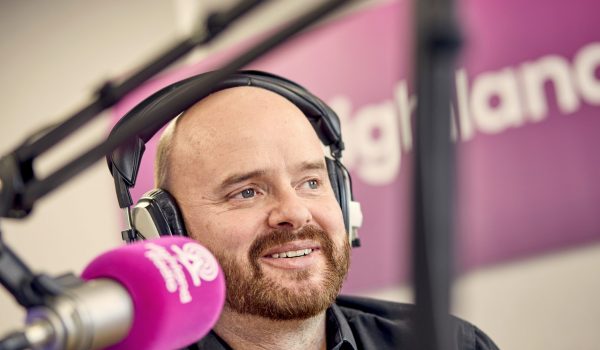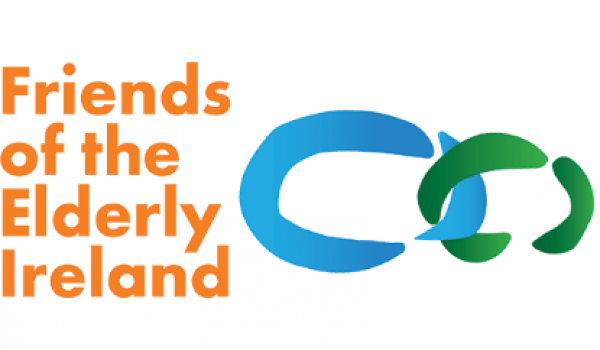
A healthcare union is warning of a Catastrophic winter ahead in our hospitals as 10,515 patients were on trolleys in September.
Letterkenny was the fifth most overcrowded hospitals in September 2022 with 666 patients.
This is the second worst September for overcrowding in Irish hospitals when 10,641 patients were without a bed in 2019.
The top 5 most overcrowded hospitals in September 2022 include:
- University Hospital Limerick (1382 patients)
- Cork University Hospital (1260 patients)
- University Hospital Galway (1032 patients)
- Sligo University Hospital (790 patients)
- Letterkenny University Hospital (666 patients)
INMO General Secretary Phil Ní Sheaghdha said: “It is clear from this month’s overcrowding figures that we are on a path to a catastrophic winter in our hospitals. It is unsafe for nurses and the patients they care for. Besides a leaked draft winter plan, we have no clear vision from healthcare leaders as to what the solution for this winter is.
“The ongoing problems with overcrowding are leaving nurses completely and utterly demoralised.
“We have a severe recruitment and retention problem within the health service. This week alone in a large teaching hospital in Dublin, over a dozen nurses working in a busy Emergency Department handed in their notice.
“Our members are now voting with their feet and saying that they will not stand for another winter where they are demoralised, burnt out and abused in their workplace because of the excessive workloads.
“It is not enough for the Minister for Health and senior HSE leadership to acknowledge that we are in for an undesirable winter.
“We need to know when the private hospitals will be coming on the pitch, we need to know what exact measures are being implemented to keep our nurses in the system, when extra capacity will be coming through in communities to allow discharging of patients to happen in a timely manner.
“Patients need assurances that they will be cared for in a safe environment that ensures their care is not compromised.”





